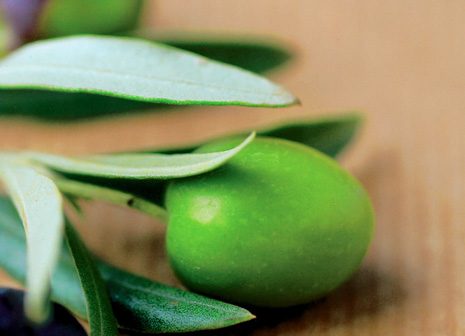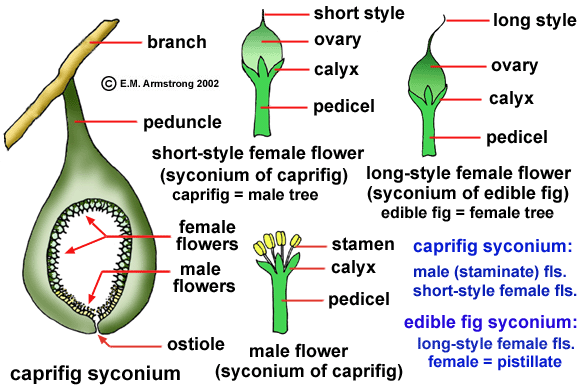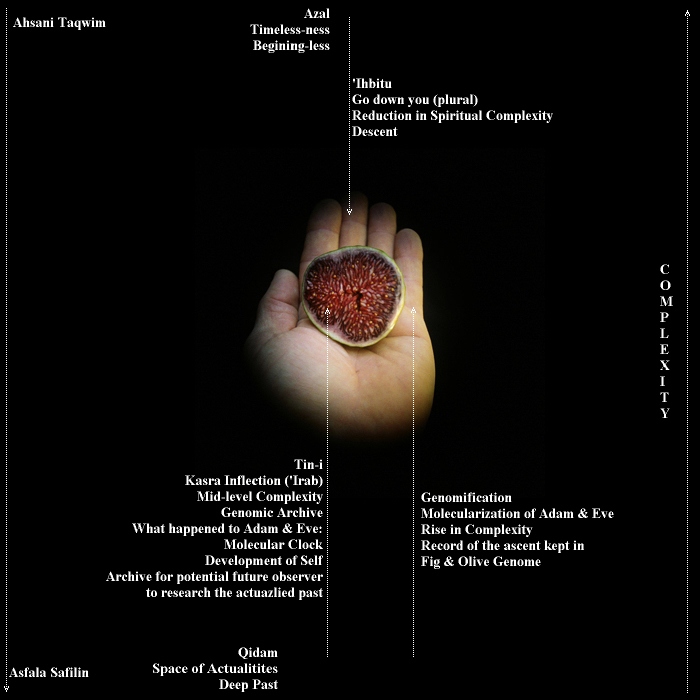Qushairi:
He was not objectified,
insignificant and nothing within the space-time. His clay sculpture was
thrown away some place between Makkah and Taif, then forty years in dry
clay form and another forty years in the form of ??? and his creation
was completed in total of 120 years.
The way the verse is fashioned it
actually means: Have I been negligent of your affair for even a
moment?!
تفسير لطائف الإشارات / القشيري
في التفسير: قد أتى على الإِنسان حينٌ من الدهر لم يكن شيئاً له خَطَرٌ
ومقدار. قيل: كان آدم عليه السلام أربعين سنة مطروحاً جَسَدُه بين مكة
والطائف. ثم من صلصالٍ أربعين سنة، ثم من حملٍ مسنون أربعين سنة، فتمَّ
خَلْقُه بعد مائة وعشرين سنةٍ.
ويقال: هل غَفلْتُ ساعةً عن حِفْظِك؟ هل ألقيتُ - لحظةً - حَبْلَكَ على
غارِبِك؟ هل أخليتُك - ساعةً - من رعاية جديدة وحمايةٍ مزيدة
 Irfani
(Gnostic) Tafsir (Exegesis) of Surah Tin (Fig)
Irfani
(Gnostic) Tafsir (Exegesis) of Surah Tin (Fig) Tracey L. Parrish · Hans P.
Koelewijn ·
Tracey L. Parrish · Hans P.
Koelewijn ·